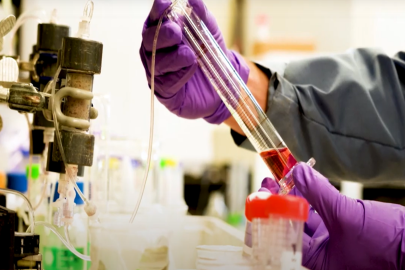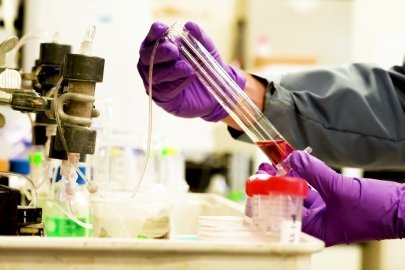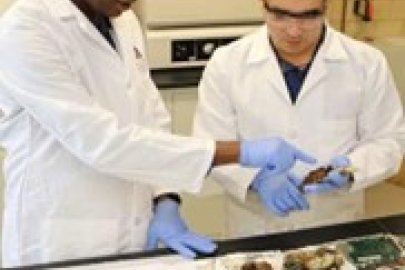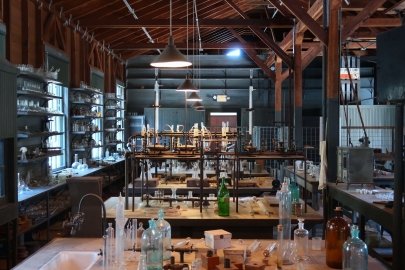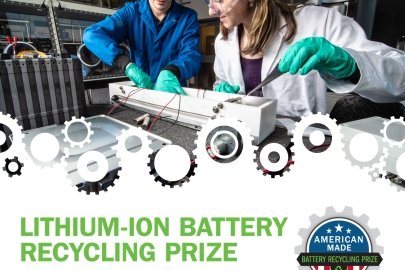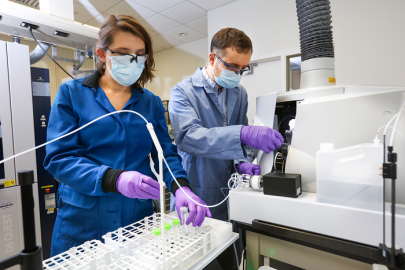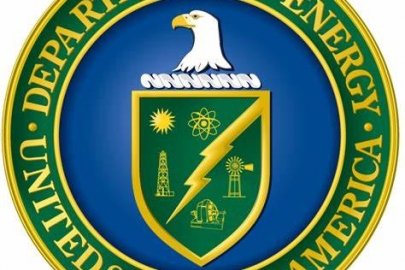The Advanced Materials & Manufacturing Technologies Office's (AMMTO) Critical Minerals and Materials portfolio addresses high-impact opportunities and challenges across the entire life cycle of high priority critical minerals and materials for energy technologies.
What Are Critical Minerals and Materials?
The United States lacks a strong domestic supply of many minerals and materials that will be critical to a decarbonized energy infrastructure as well as current manufacturing technologies. These include:
- Rare earth elements, used in offshore wind turbine generators and electric vehicle motors;
- Lithium, cobalt, and high-purity nickel, used in energy storage technologies;
- Platinum group metals used in catalysts for automotive, chemical, fuel cell, and green hydrogen products; and
- Gallium and germanium used in semiconductors.
Critical Materials 101
Strategy
The U.S. Department of Energy (DOE) critical minerals & materials strategy is based on the following pillars:
- Diversifying supplies of critical minerals and materials.
- Developing alternatives to critical minerals and materials.
- Improving materials and manufacturing efficiency.
- Investing in circular-economy approaches.
DOE supports these strategy pillars by enabling activities, cross-cutting functions to enable and enhance research, development, demonstration, and deployment efforts across four areas:
- Analysis & advanced tools
- Market assessment & development
- International engagement & standards
- Education & workforce development.
Activities
Reports & Resources
-
This offers the definitions and current list of critical materials and critical minerals.
-
The DOE Critical Minerals & Materials Program coordinates RD&D into strategic resources across DOE.
-
The Lithium Research, Development, and Demonstration (RD&D) Virtual Center, also known as the Lithium Center, is a United States Government-led center for promoting cooperation on lithium supply chain related topics across the United States.
-
This report evaluates the state of the United States critical materials rare earths supply chain and identifies the many challenges and opportunities the industry faces.
-
Learn more about the 10 years of innovation, influence, and impact from the CMI Hub.
-
Key takeaways discussed included technology validation; resource diversification; and increased supply chain connectivity.
-
This criticality assessment provides an update to previous DOE criticality reports based on recent market and technological developments and shifts in national and global priorities.
Sign up to receive quarterly updates from the Critical Materials Collaborative.





